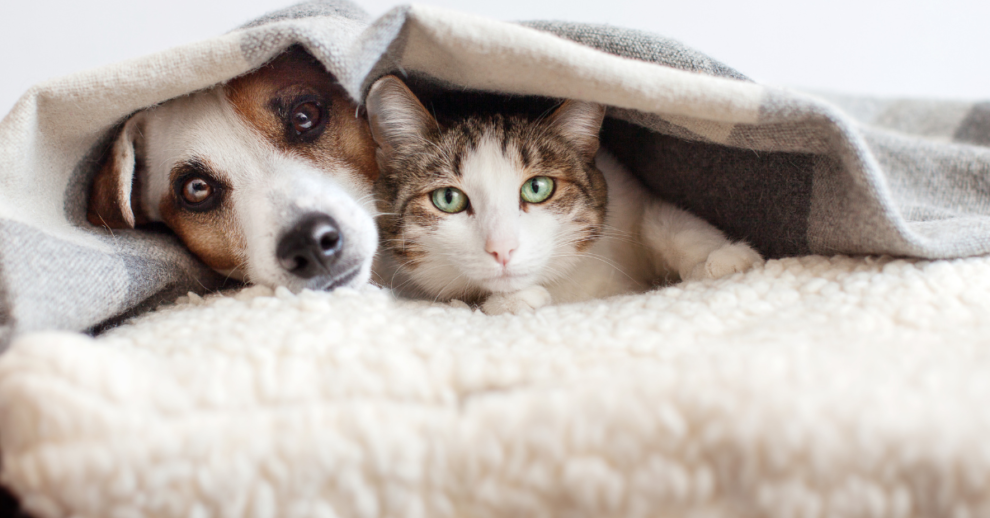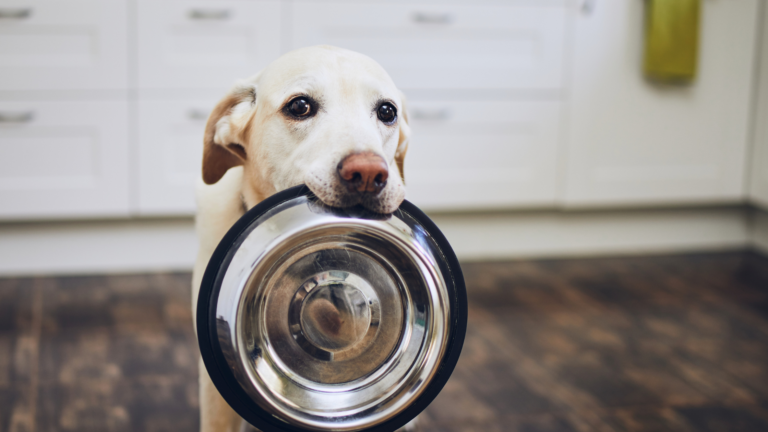Fireworks can be a stressful experience for dogs and cats. The loud noise, vibrations and bright lights can be overwhelming to sensitive senses. Fortunately, desensitization and counterconditioning to reduce anxiety. In this guide, you'll learn step-by-step how to apply these techniques so your pet stays more relaxed during the fireworks season. Are you away often around New Year's Eve? Then make timely arrangements a pet sitter Who can continue your training.
What is desensitization and counterconditioning?
Desensitization
Desensitization involves gradually exposing your pet to the stimulus that causes fear (such as fireworks noises). Do this gradually, at low intensity levels, so that your pet learns that it is not dangerous.
Counterconditioning
Counterconditioning is associating something positive (treat or play) with the stimulus. For example, your pet will associate the sound of fireworks with something fun instead of something scary.
Together, these methods are a powerful combination. Start on time! Is it almost New Year already? Then also read our 8 tips to support your pet during New Year's Eve.
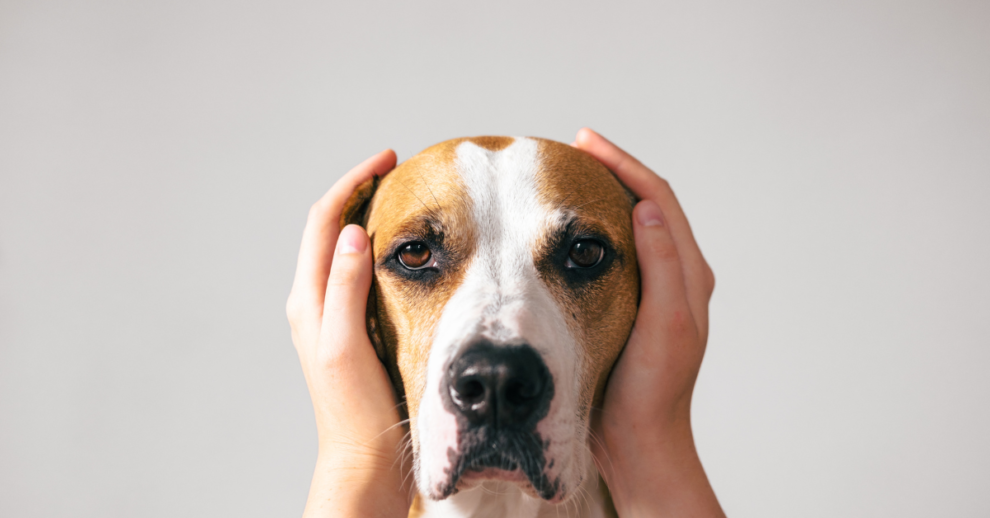
How does desensitization and counterconditioning work in dogs?
Step 1: Create a peaceful environment
Make sure your dog is relaxed before you start. Choose a quiet room with no distractions.
Step 2: Start with low intensity
- Play a recording of fireworks sounds at very low volume; so soft that your dog barely reacts.
- Observe: if your dog remains relaxed, you can continue. If you see stress, turn down or pause.
Step 3: Link sound to positive experiences
- Give a reward immediately after the sound or play a game briefly: this reinforces the positive association.
- Timing is crucial: reward immediately after the sound.
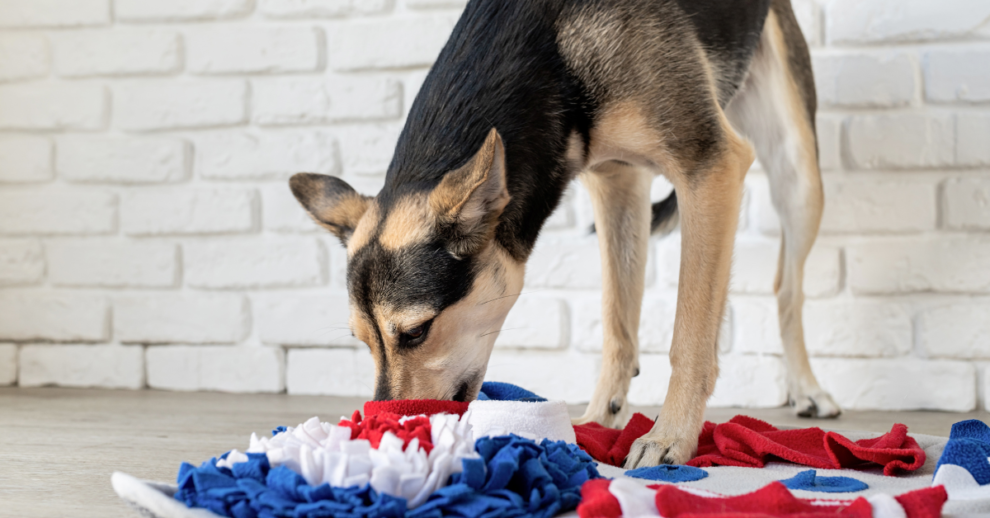
Step 4: Gradually increase the intensity
- Increase the volume in small increments spread over days or weeks.
- Continue to reward and play briefly during the sound; this will keep your dog relaxed.
Step 5: Practice regularly
Train briefly (5-10 minutes) daily. Training for too long can be counterproductive.
How does desensitization and counterconditioning work in cats?
Cats require a different approach: they are less focused on interaction and are more easily startled.
Step 1: Start in a safe environment
Provide a familiar space with hiding place (box or basket with soft blankets) where your cat experiences control.
Step 2: Introduce fireworks sounds.
- Set the recording very gentle to; it should not disturb your cat.
- Pay attention to body language: flattened ears, low posture or creeping away = step back or pause.
Step 3: Combine with positive incentives
- Give a treat (e.g., their favorite snack) or play with interactive toy during the sound.
- Don't force anything; your cat should be able to choose to back off.
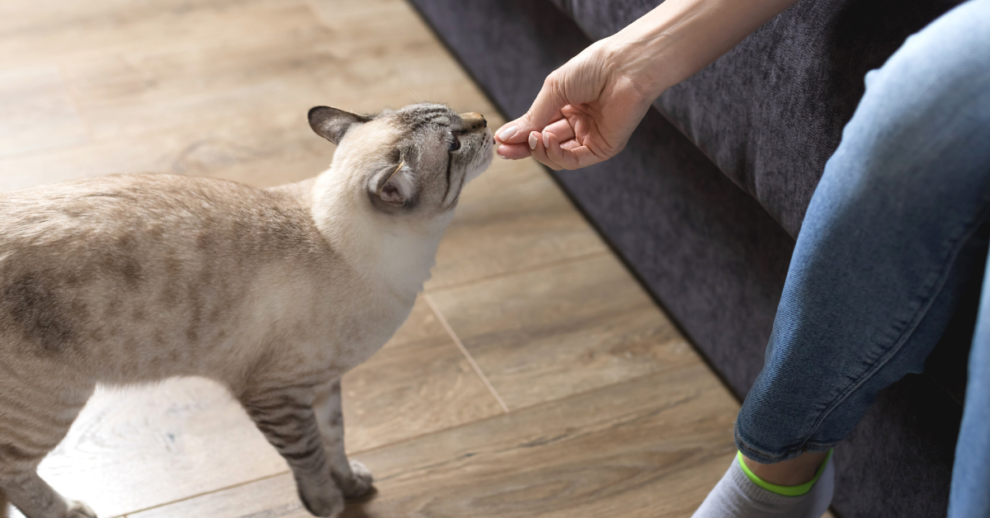
Step 4: Slowly increase the intensity
- As with dogs, build up the volume very gradually. Cats often need more time.
Step 5: Build trust
Repeat, stay patient and keep sessions short. Consistency wins out over speed.

Tips for successful training
- Start early: start months before the fireworks season.
- Observe body language: Recognize subtle stress signals and adjust the pace.
- Work in small steps: Avoid overstimulation by building up slowly.
- Use top rewards: something extra tasty or the favorite toy.
- Stay patient: every little progress is gain.
What if your pet has extreme anxiety?
Sometimes extra help is needed. For severe fireworks anxiety, guidance from a behaviorist or your veterinarian may be helpful (behavior therapy, possibly sedative medication).
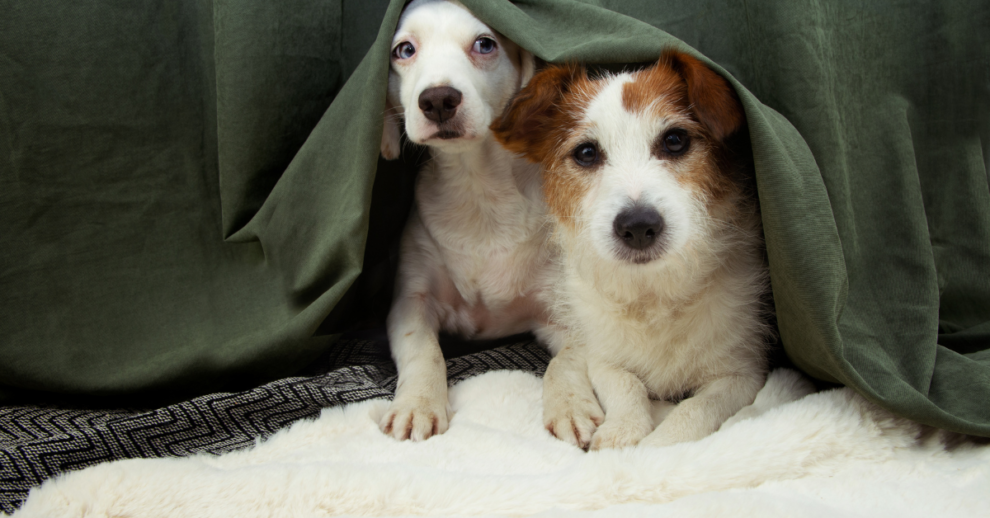
Conclusion
Desensitization and counterconditioning help dogs and cats get through fireworks more calmly. With a short, consistent step-by-step plan, good timing and rewards, you'll learn that fireworks don't have to be scary. Start on time and adjust the pace to your pet. Planning shelter around New Year's Eve? Start today with A dog or cat sitter at home - Trusted for your animal, worry-free for you.


